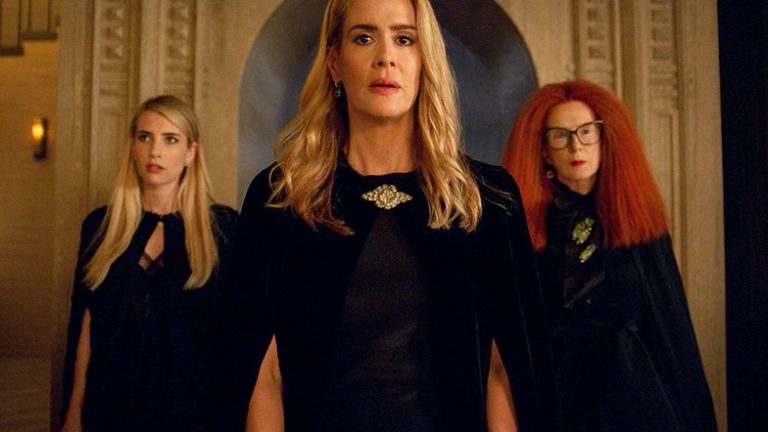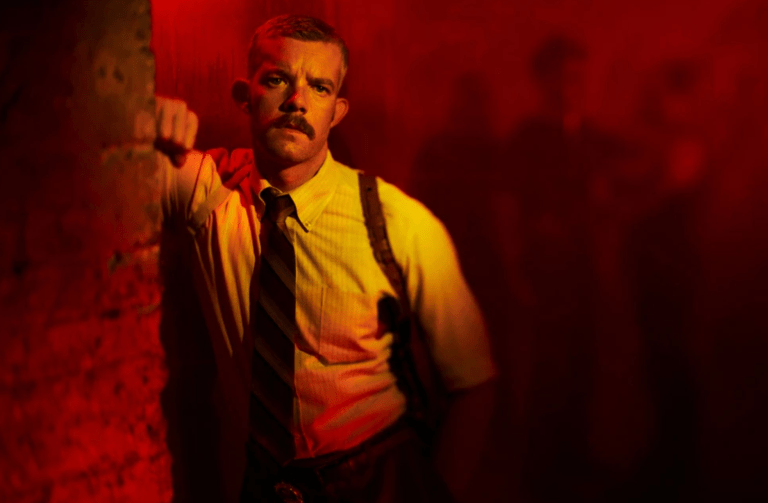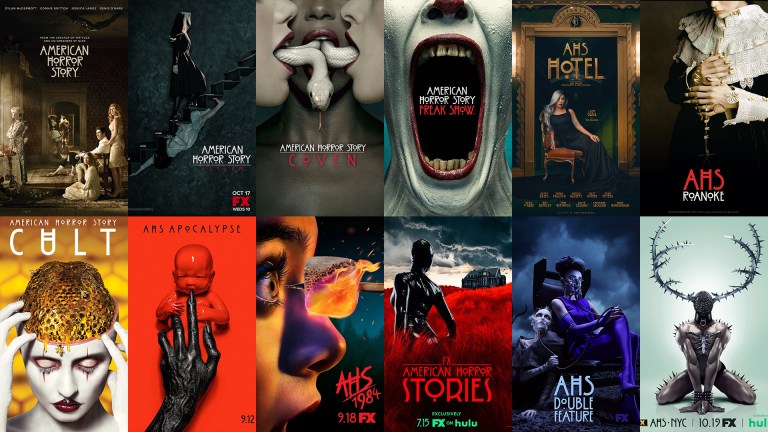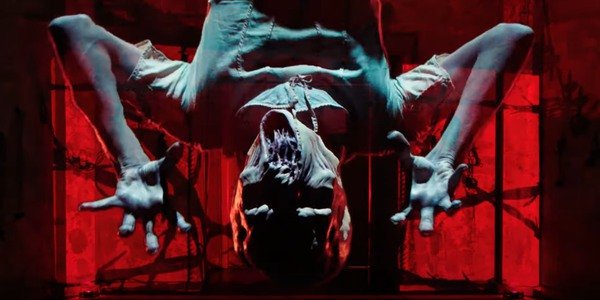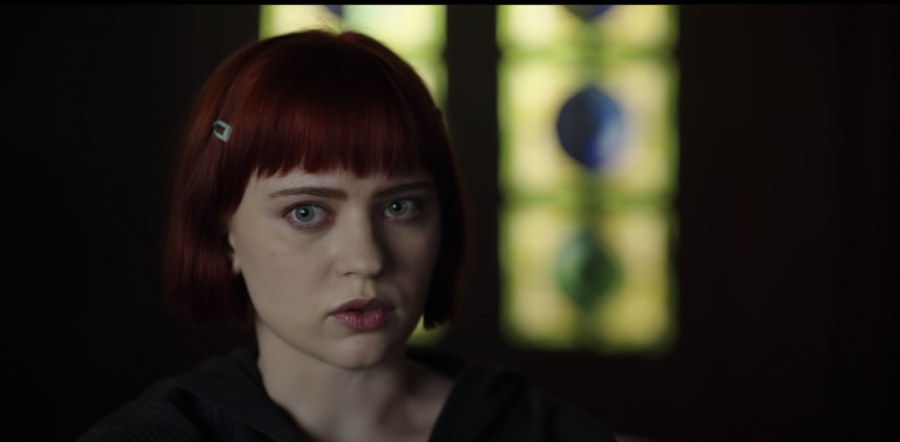
‘American Horror Stories’ Season 1 Proves Queer Representation Can Be Seamlessly Included In Any Plot
By ![]() Ali Hinman
Ali Hinman
Ryan Murphy served us up a whole season of spooky stories and terrifying tales. We got to see some of our favorite actors, and even locations, grace us with their presence, and we met new ones who we’re excited to see in future series. I have so enjoyed getting a new story every week because it gives such a fresh and new feel every time. Based on wardrobe alone, you can tell that the writing team was looking to give the show a more modern twist. And no, that doesn’t mean every character was wearing a mask and social distancing (real life is scary enough). But it does mean that this season was notably more queer-inclusive than past seasons (or most shows, really).
When the LGBTQ+ community is asking for more representation, we’re not asking for much, really. Representation isn’t about always making the storyline centered around an aspect of a person’s identity; it’s about seeing ourselves in the story that’s already written. While identity is an integral part of all of our lives and how we navigate the world, it does not need to be the only thing that is talked about. This season of American Horror Stories provided queer representation in subtle ways that did not take away from the rest of the plot.
The most obvious example of queer representation is in part 1 and 2 of Rubber Woman, the first two episodes of the series. The episode features a family with two dads and a daughter Scarlett, who also is queer. The episode, however, does not center around their gayness. Yes, in the first episode, the popular girls make snarky comments about Scarlett being a “lezzie,” but ultimately, she isn’t humiliated about the girls outing her, she’s bullied for liking violent porn. Her queerness takes a backseat to her sick and twisted interests. Her dads also have other problems other than homophobia to deal with, like the fact that one of them cheated with a contractor and now the three of them are stuck in purgatory together. Even though they are undeniably gay, that’s not what the story is about.
There are other nods to the existence of queer people throughout the other episodes. In the Rabbit Rabbit episode, clearly queer character Dee is seen crushing on one of the skater bros. But in this episode, the skater bro likes him back, so much so that they end up going on a date to the movies together. Dee is not another stereotype of a queer person with a hopeless crush on a straight person, only to be crushed by them in the end. Dee flips that troupe on its head, or more accurately, gives that troupe some head and then bites its dick off. In the Ba’al episode, Billie Lourd’s character is so excited to meet “her, him, or them,” referring to her future child.
Ryan Murphy has proven to be a storyteller for the queer community in series like Pose and The Assassination of Gianni Versace, but he has proven that he can still have space for queer people in any stories he writes—even the most horrific.
